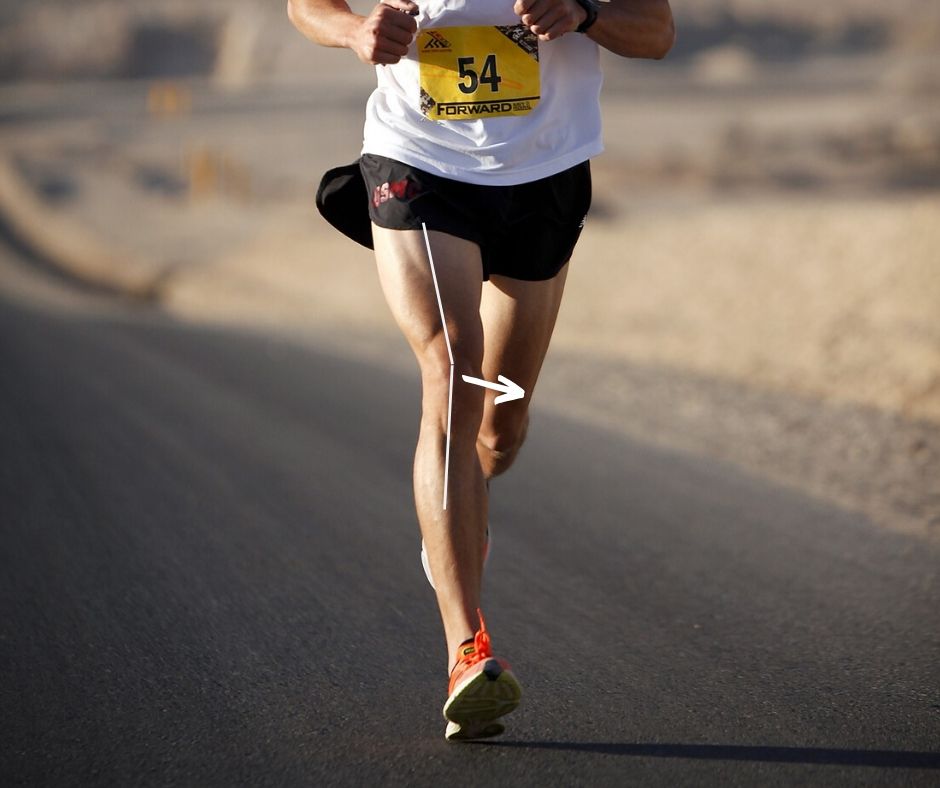February marks a time when the days are getting longer, the sun is staying out a little later and the weather is slowly starting to warm up (emphasis on slowly here in Utah). With the change in the seasons comes the time for more outdoor activities. One of the most popular outdoor activities is running. Many begin training for their next 5k, marathon, Iron Man, or beyond. With this increased training intensity, we tend to see athletes slowly start to break down physically. One of the most common overuse injuries we see in this population is knee pain.
Symptom vs. Problem
Would you believe us if we told you there are times when someone presents with knee pain and the problem is not even in the knee? Sounds strange, but it’s true. When a patient presents with knee pain and their injury history does not suggest any type of trauma (ruptured ligaments, fractures, torn meniscus, etc.) we know we need to look at other possibilities for the cause of the pain and injury. The symptom—knee pain— is not always a key indicator for the cause of the problem. This is why we also look to the hip or the foot for the cause.
Anatomy Lesson
The knee is the link between your hip and ankle. It is an inherently stable joint with strong ligaments that prevent excessive movement. The most traumatic injuries to the knee occur when there is a rapid shift in movement between the femur (thigh bone) and the tibia (shin bone). In the absence of trauma, mechanical problems arise from poor control of movement at the knee. Many muscles of the knee originate from the hip and cross the knee joint. For this reason, we will look to the hip as the actual problem and the knee pain as simply a symptom.
The Hips Don’t Lie
One of the most common hip problems we encounter is weak hip abductors. The abductors bring your leg out to the side of your body, rotate your hip outward and keep you upright when you are running. These muscles will also aid in preventing excessive movement in your knee. When the hip abductors become weak or “inactive”, the knee will tend to drift inward towards your other knee. This inward movement will put more stress on your inner and outer knee and will make other accessory knee stabilizers work even harder. This is a classic scenario to create lateral knee pain in a runner.

As chiropractors, it is our job to identify the source of the problem that is causing pain. We can either treat the symptoms— which will be short term relief—or we can go to the source and allow the body to heal itself for greater longevity.
